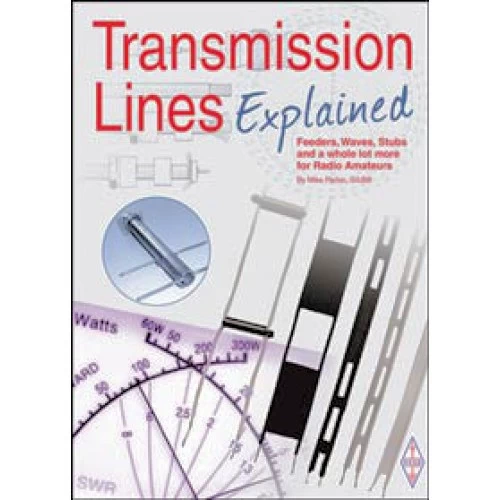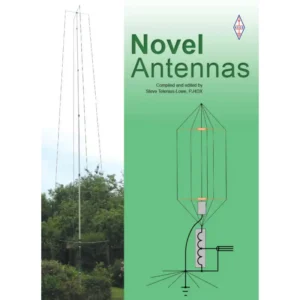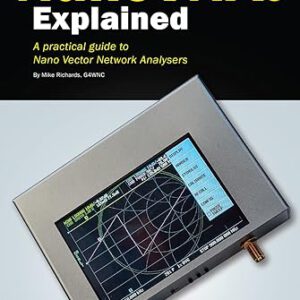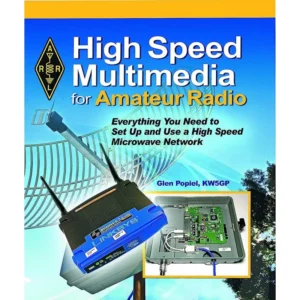Beskrivning
Feeders, Waves, Stubs and a whole lot more for Radio Amateurs
Getting the signal from your radio to the antenna is a vital component of any radio setup but few understand the full impact their feeder is having. This is where Transmission Lines Explained steps in. It provides the theory involved, through descriptions and techniques rather than mathematics.
This book provides an understanding of the theory, operation and use of transmission lines. It examines where twin-line cable or coaxial cables are used, not only as antenna feeder cables, but also as a basis for the matching arrangement between a line and its load. Broken down into logical sections, Transmission Lines Explained includes examples of how transmission lines can be constructed to suit particular applications. Techniques are included that summarise how coaxial cables can be fitted with connectors, including BNC, N and PL259 types. There is a section covering the use of the Smith Chart, where the effect of a mismatched load on a transmission line is described, including several practical examples. There are, of course, mathematical explanations of given situations, where necessary. Explanations of the coefficients associated with transmission lines are provided. This sets the scene to describe how a mismatch between the transmission line and its terminating load results in a reduced power transfer and its consequence, a standing wave pattern. Details are provided covering how different impedances can be matched using sections of transmission line, common mode currents, their effect and how they can be minimised using baluns.
Transmission Lines Explained is the ideal compilation of techniques, descriptions and examples so that radio amateurs can gain an understanding of the concepts associated with transmission lines.







Recensioner
Det finns inga recensioner än.